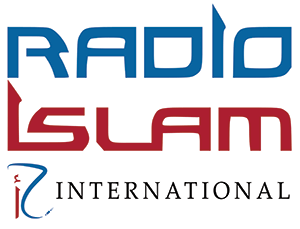As refugees flee their home to find a safe, new environment to live, they often travel in large groups of people who are in search of the same. In addition to travelling alongside a large group, multiple groups often share the same destination. Because of the ongoing Syrian civil crisis, Jordan is now home to one of the largest refugee camps called, “Zaatari,” which is home to almost 80,000 refugees inside of a 2 square mile area.
Another example of refugees fleeing to a common area is in the Kakuma Refugee Camp. This camp began in 1992 and has since grown to hosting an incredible number of refugees and asylum seekers. These examples show the incredible numbers of refugees who have been forced to live in and create another home outside of their own.
With these great amounts of refugees settling in new areas which are oftentimes already occupied by the city’s own residents, the chances of a severely negative economic effect are very high. Existing food and water sources, business opportunities, living spaces and so much more will be affected and, consequently, not provide the necessary amount of support needed to sustain the population.
What Is A Refugee Camp?
According to the United Nations High Commissioner for Refugees (UNHCR), refugee camps are considered “temporary facilities built to provide immediate protection and assistance to people who have been forced to flee due to conflict, violence or persecution.” When the UNHCR is responding to an emergency crisis, they work with nearby city officials to determine a safe space for these travelling refugees by making sure the location is secure, is habitable for individuals and allows for easy vehicular access in order to drop off needed supplies.
While there are many refugees who end up living in a refugee camp, statistics show 60% of all refugees actually live in cities. Even in these situations, refugees are not always better off living in urban contexts rather than in camps.
As one could imagine, refugee camps do not afford many opportunities to their residents. While individuals had prior access to appropriate medical care, properly staffed education institutions and stable employment opportunities, entering a refugee camp often means you’re back at ground zero.
For children, formal educational opportunities are either rare, overpopulated or non-existent.
Along with the challenge of providing formal education opportunities, healthcare facilities are also stretched beyond what they can provide. Sickness and injuries inevitably occur among the thousands of residents which causes medical facilities to generally remain overcrowded and leave many residents untreated.
When it comes to sanitation services within refugee camps, routine practices often disappear and create horrendous situations. Overpopulation, along with a myriad of other reasons, has led to improper sanitation practices including using open fields as locations to relieve themselves. Because of this, sickness and disease can become an imminent threat to the entire community.
Refugees often recount very sad days in refugee camps where tents are plagued by rats, water sources contaminated by faeces, and inhabitants have been diagnosed with tuberculosis, scabies, and other life threatening diseases.”
There are also numerous accounts of mental health situations throughout the expanse of refugee camps. Because of the horrific violence some of these refugees have seen, they suffer from Post Traumatic Stress Disorder (PTSD) which sometimes leads to suicide attempts, anxiety, depression and much more.
There are refugee camps all over the world. Many of these camps were built quickly to serve the immediate needs of those forced to flee, but have grown to host hundreds of thousands of displaced people. Some of the world’s largest refugee camps are: Kutupalong-Balukhali expansion site (Bangladesh), Bidi Bidi refugee camp (Uganda), Dadaab and Kakuma refugee camps (Kenya), Azraq and Zaatari refugee camps (Jordan), Nyarugusu, Nduta, and Mtendeli refugee camps (Tanzania) and Kebribeyah; Aw-barre and Sheder refugee camps (Ethiopia).





0 Comments